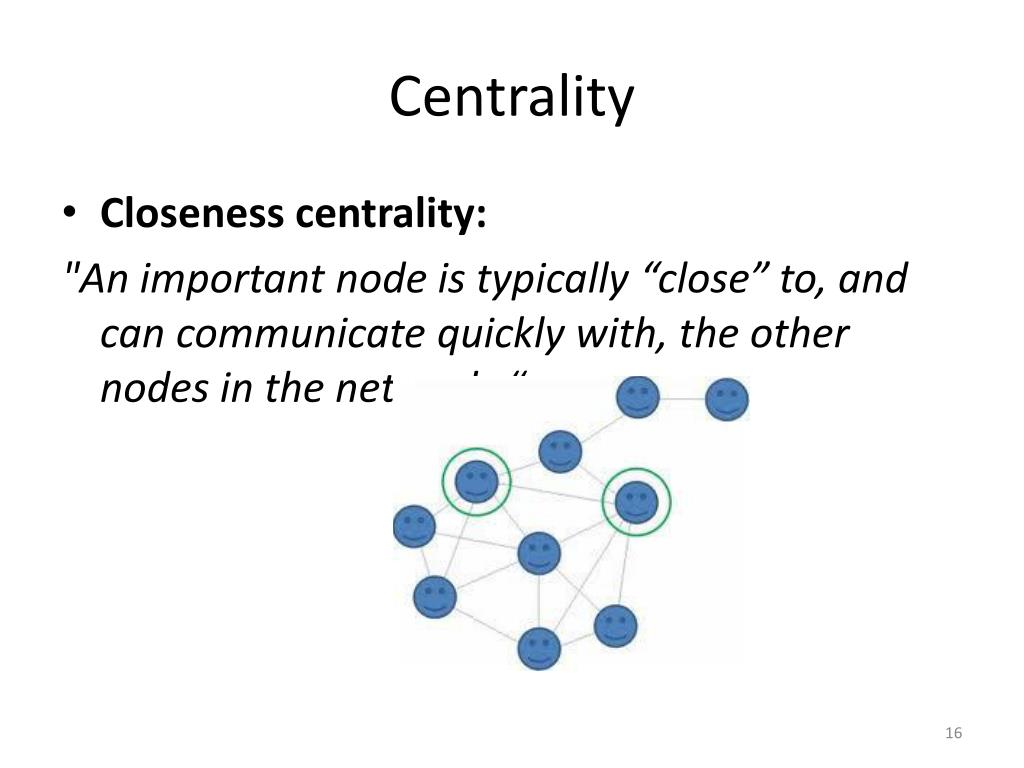
Results show a larger number of papers focus on methodological advancement and applied ends. We then systematically review one end of this spectrum, what we term 'fully articulated SEN' studies, which specifically model unique social and ecological units and relationships.

We characterize SEN research along a spectrum specifying the degree of explicit network representation of system components and dynamics. We take stock of this budding research area to further show the strength of SEN analysis for complex human-environment settings, identify future synergies between SEN and wider human-environment research, and provide guidance about when to use different kinds of SEN approaches and models. Social-ecological network (SEN) concepts and tools are increasingly used in human-environment and sustainability sciences. School of Planning, University of Waterloo, Waterloo, Ontario, Canada Institute of Political Science and Oeschger Centre for Climate Change Research, University of Bern, Switzerlandĭepartment of Environmental Social Sciences, Eawag, Aquatic Research, Dübendorf, Switzerlandĭepartment of Environment and Society, Quinney College of Natural Resources, Utah State University, Logan, UT, United States of America School for Environment and Sustainability, University of Michigan, Ann Arbor, MI, United States of America Sustainable Coastal Systems Cluster, National Center for Integrated Coastal Research, University of Central Florida, Orlando, FL 32816, United States of America School of Environment and Natural Resources, The Ohio State University, Columbus, OH, United States of AmericaĮnvironmental Change and Governance Group, Faculty of Environment, University of Waterloo, Waterloo, Ontario, Canadaĭepartment of Political Science, University of Central Florida, Orlando, FL 32816, United States of America Stockholm Resilience Centre, Stockholm University, Stockholm, Sweden We close with a discussion of the merits of model-based network theorizing for facilitating the generation of new theory, as well as a discussion of endogeneity in network theorizing.ORISE Fellow Appointed with the US Environmental Protection Agency, Office of Research and Development, National Health and Environmental Effects Research Laboratory, Atlantic Ecology Division, Narragansett, RI, United States of America We also discuss network phenomena that do not appear to fit the flow model and discuss the possibility of a second fundamental model, which we call the bond model.

We argue that both theories share an underlying theoretical model, which we label the network flow model, from which we derive additional implications. We then analyze two well-known network theories, Granovetter's strength of weak ties theory and Burt's structural holes theory, to identify characteristic elements of network theorizing. We start by considering the definition of network, noting some confusion caused by two different perspectives, which we refer to as realist and nominalist. This paper attempts to remedy the situation by clarifying the fundamental concepts of the field (such as the network) and characterizing how network reasoning works.
Network flow model social network analysis definition how to#
However, there is a certain amount of confusion about network theory-for example, what it is, what is distinctive about it, and how to generate new theory. Research on social networks has grown considerably in the last decade.


 0 kommentar(er)
0 kommentar(er)
